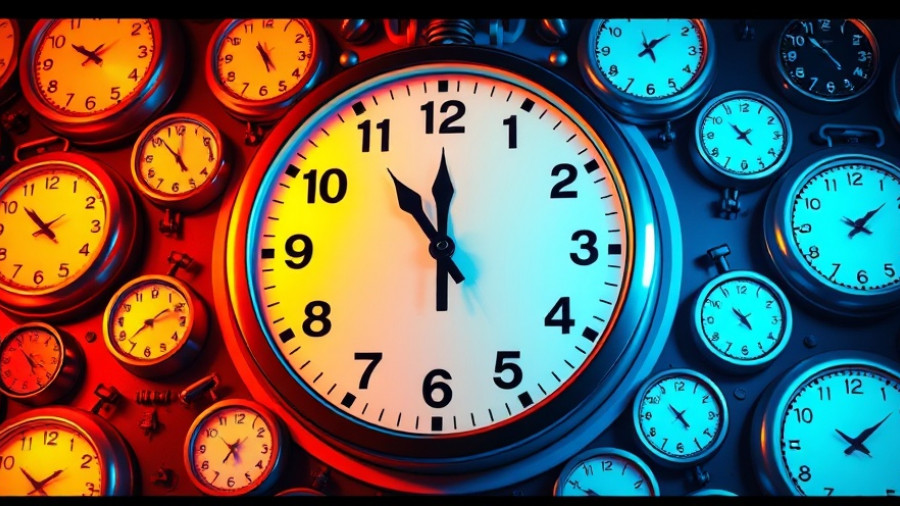
Unlocking the Power of the 52/17 Rule for Enhanced Productivity
In today’s fast-paced work environment, finding effective ways to boost productivity while maintaining mental well-being is paramount. The 52/17 rule, suggested by researchers from Cambridge University, proposes a method that promotes both productivity and work-life balance. By working for 52 minutes and then taking a 17-minute break, professionals can combat mental fatigue and enhance focus throughout the day.
The Science Behind Focus and Breaks
The rationale behind the 52/17 rule stems from a comprehensive study that explored how breaks impact productivity. Just like any muscle, our brain can become overstretched. This rule acknowledges the brain’s natural rhythms, which suggest that it operates best with bursts of intense focus, followed by periods of rest. During those 52 minutes of work, the most effective individuals disconnect entirely from distractions—no checking emails or scrolling through social media. This focused approach allows them to return to their tasks recharged and ready to conquer.
The Value of Disconnecting During Breaks
One of the key insights from the research conducted by Olivia Remes is how people utilize their 17-minute breaks. Instead of keeping one foot in the digital realm, the most successful individuals completely step away from technology, allowing their minds to rest. Engaging in activities such as stretching, walking, or simply daydreaming can greatly enhance the benefits of the break. It’s about cultivating a mental environment that facilitates relaxation, which in turn rejuvenates cognitive functions.
How to Implement the 52/17 Rule at Work
For those looking to integrate this technique into their daily routine, the process is both straightforward and flexible. Set a timer for 52 minutes and select a specific task to focus on. Once the timer goes off, take a proper 17-minute break to recharge. Step away from your workspace and engage in activities that help you relax without the interference of technology. As deadlines loom, some may question if this method can work in every job scenario. Acknowledging that not all industries allow for such breaks is important, but experimenting with this schedule can lead to unique adaptations that fit an individual’s work environment.
Real-World Applications of the 52/17 Strategy
The beauty of the 52/17 rule lies in its versatility. Whether you work in a traditional office or are part of the growing remote workforce, this rule provides tangible benefits across various job types. For instance, in customer service roles, applying the rule can enhance engagement with clients by reducing burnout, allowing agents to address inquiries with renewed energy. Similarly, in creative fields, the free mental space generated during breaks can lead to innovative ideas and solutions.
Exploring Alternatives and Personal Preferences
While the 52/17 rule is effective for many, it’s important to recognize that productivity techniques are not one-size-fits-all. Some people may find that longer work intervals or alternative schedules better suit their concentration abilities. For example, experimenting with the Pomodoro Technique entailing 25-minute work sessions followed by shorter breaks might resonate more with others. The key is to remain adaptable and find what approach best helps you achieve your productive peak.
Final Thoughts on Productivity Innovation
Embracing productivity hacks like the 52/17 rule can significantly enhance work efficiency and mental well-being. As the landscape of work continues to evolve, finding methods that support individual health alongside productivity will be critical in the struggle against burnout. Consider giving this rule a try and reshape your work patterns—because productivity should never come at the cost of your mental health.
So, are you ready to take control of your work-life balance? Start implementing the 52/17 rule and give yourself the chance to excel both professionally and personally. A healthier, more productive workplace awaits!
 Add Row
Add Row  Add
Add 




Write A Comment